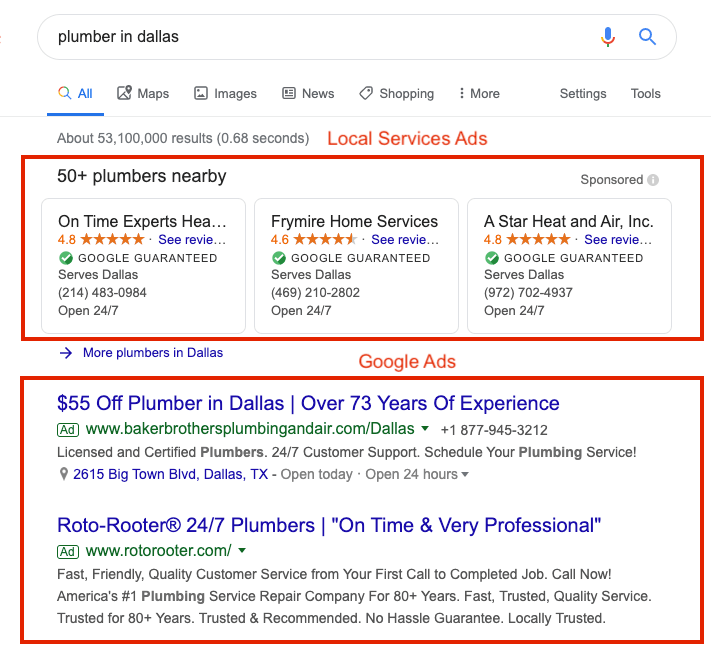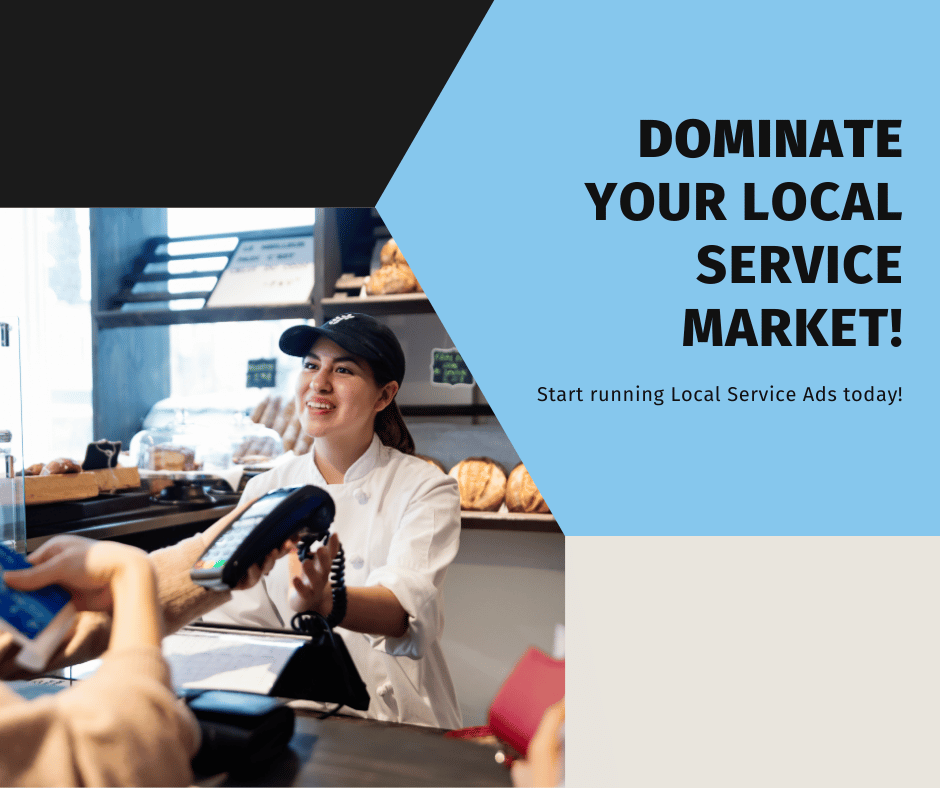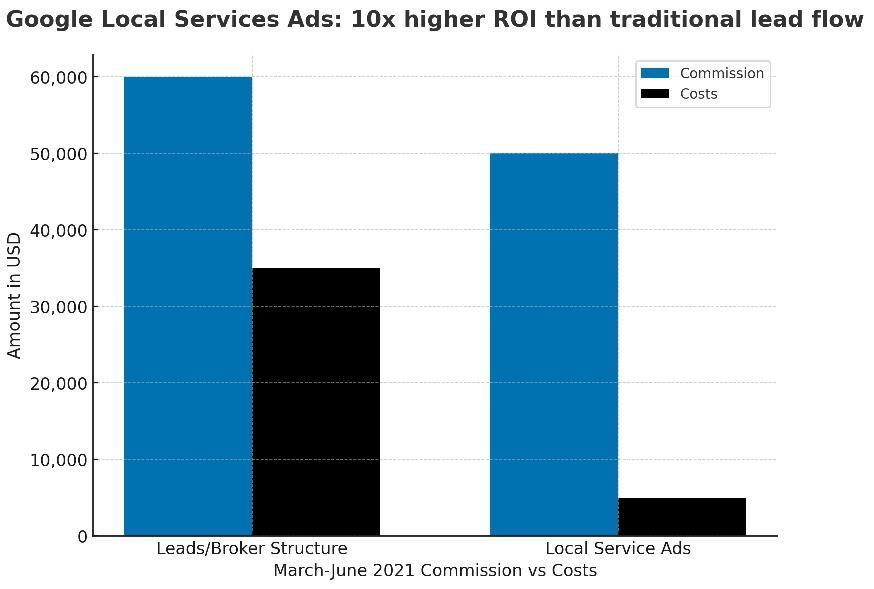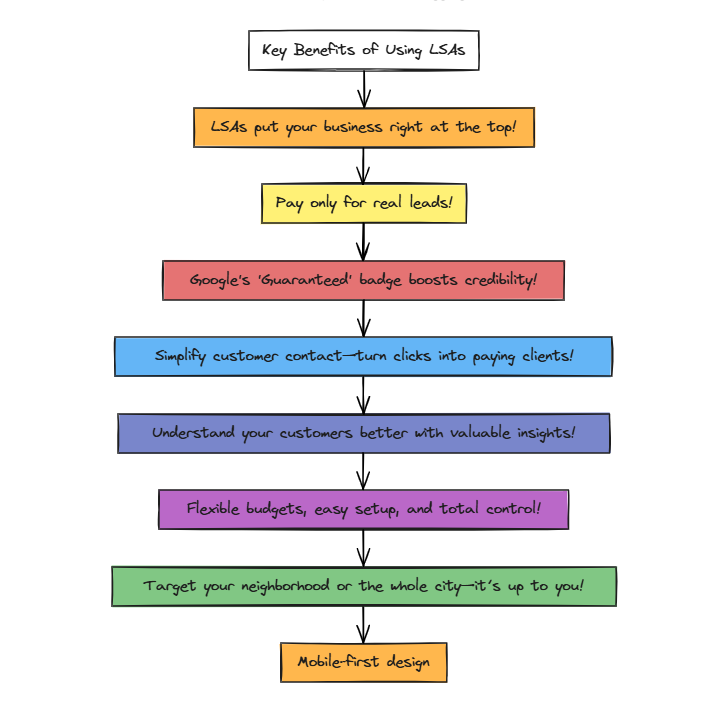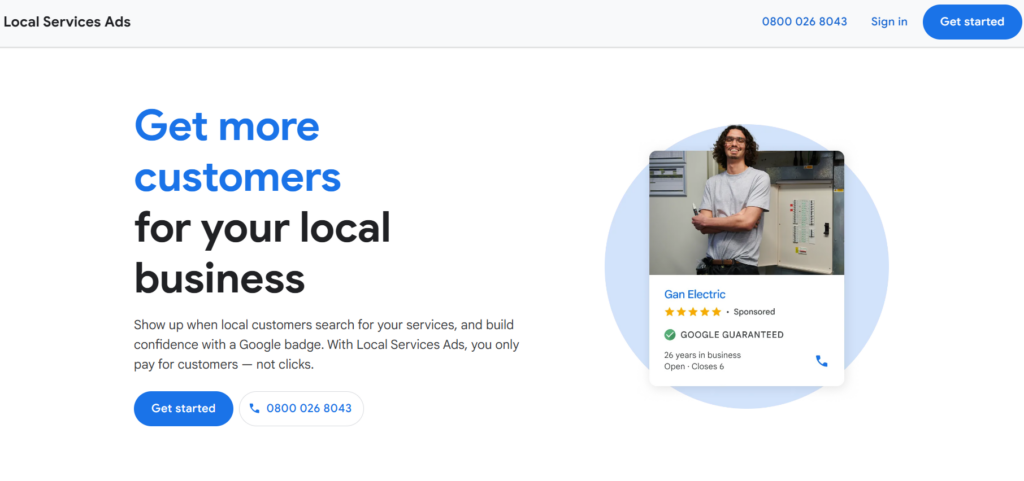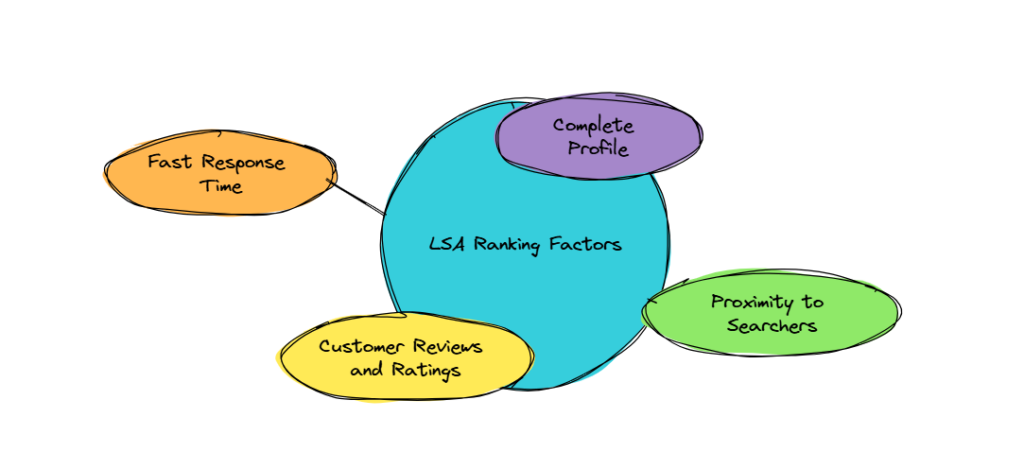Why Is ROAS No Longer Enough in Google Ads? Here’s What to Do Instead
The world of Google Ads is changing. While ROAS—Return on Ad Spend—has been the go-to performance metric for years, savvy advertisers are now realizing its limitations. ROAS gives a narrow view of campaign efficiency, but it doesn’t tell the full story when it comes to profit, scale, or long-term growth. Today’s smart marketers are moving beyond this metric to embrace outcome-based strategies rooted in actual business value.
Key Takeaways
- ROAS often masks the true profitability of campaigns
- Smart Bidding now prioritizes real business results
- Demand Gen campaigns reach customers across YouTube, Gmail, and Discover
- AI is powering not just bidding—but creative and insights too
- First-party data is now a strategic advantage
- Strategic scaling wins over sudden budget spikes
Detailed Guide
What’s new in Google Ads?
Google has made major updates to streamline and empower campaign performance. Smart Bidding has been simplified—you now choose “Maximize Conversions” with optional Target CPA, or “Maximize Conversion Value” with optional Target ROAS. This means you’re optimizing for actual results, not micromanaging bid settings.
Demand Gen campaigns are another big leap. They replace Video Action campaigns and run across YouTube, Discover, and Gmail. These formats are built for both brand engagement and conversions, making them ideal for full-funnel strategies. AI also now supports you at every step—from writing headlines to discovering new keywords—giving you predictive power that helps you stay ahead of trends.
Why is ROAS misleading?
ROAS feels like a clear performance metric, but it’s often deceptive. Imagine two campaigns:
- One spends $1,000/day at 2× ROAS, generating $30,000/month in profit
- Another spends $100/day at 5× ROAS, but only nets $12,000/month
Which would you choose? The 5× ROAS might look better on paper, but the first campaign brings in over twice the profit. ROAS ignores volume and real economic impact. And that’s why it’s no longer enough.
What should you measure instead?
Start tracking POAS—Profit on Ad Spend. Unlike ROAS, POAS factors in cost of goods sold, transaction fees, and overhead. This gives you a more accurate view of how your ads are really performing. You can even push this data back into Google Ads using server-side tracking, helping the algorithm optimize based on what actually drives profit.

How should you think about attribution?
The buyer’s journey is no longer a straight line. People interact with your brand across devices and platforms before they buy. That’s why last-click attribution is outdated. Modern advertisers are moving to data-driven attribution through GA4. This lets you understand which touchpoints actually influence conversions and make better decisions across your entire funnel.
How do you use first-party data effectively?
With third-party cookies on the way out, your own customer data is more valuable than ever. Tap into your CRM and purchase history to build audience segments based on real buyer behavior. Then, use Google’s Customer Match and Enhanced Conversions to connect this data to your campaigns. This not only improves targeting but also boosts conversion rates significantly.
How important is creative strategy now?
With AI doing more of the heavy lifting behind the scenes, creative is one of your biggest competitive advantages. Dynamic creative testing lets you see which copy, visuals, and CTAs resonate with different segments. Messaging should be tailored—what works for cold leads probably won’t work for warm retargeting audiences. Winning ad creatives are intentional, not generic.
What role do Demand Gen campaigns play?
Demand Gen campaigns give you a unique way to build both brand and performance. They’re immersive, visual, and appear where people are most engaged—YouTube, Gmail, and Discover. These formats are great for building top-of-funnel awareness and generating remarketing audiences that are more likely to convert later. They’re not just about clicks; they’re about presence.
How do you scale effectively?
Many brands rush to increase budgets once they see success—but that can backfire. Controlled scaling is a smarter approach. Increase your ad budget by no more than 20% every 3–5 days. Use Google’s campaign experiments to test changes before committing fully. Try new geos or devices to tap into fresh audiences. Smart scaling is strategic, not reactive.
A Simple Comparison That Says It All
Let’s look at two scenarios:
Scenario A
- 2× ROAS
- $1,000/day ad spend
- $60,000 monthly revenue
- 50% margin = $30,000 profit
Scenario B
- 5× ROAS
- $100/day ad spend
- $15,000 monthly revenue
- 80% margin = $12,000 profit
Even with a lower ROAS, Scenario A generates more than twice the profit. That’s why volume and context matter far more than a single efficiency ratio.

FAQs
What does POAS mean in digital advertising?
POAS stands for Profit on Ad Spend. It’s a smarter metric that factors in your costs to reveal true campaign profitability.
How do I implement POAS in Google Ads?
Use server-side tracking or offline conversion uploads to send profit-per-transaction data back into Google Ads for better optimization.
Are Demand Gen campaigns worth it?
Yes. They’re highly effective for reaching new users and warming them up for conversion with immersive, cross-channel engagement.
Can I still scale if I have a small budget?
Absolutely. Just scale slowly and watch key metrics closely. Start with controlled experiments before rolling changes out broadly.
Checklist
- Move from ROAS to POAS for better insights
- Simplify Smart Bidding strategy
- Launch a Demand Gen campaign for top-of-funnel reach
- Sync your CRM data using Customer Match
- Test creative variations regularly
- Use GA4 to move beyond last-click attribution
- Scale budget in controlled, data-driven steps
Final Thoughts
Google Ads success today requires more than chasing high ROAS. It requires thinking strategically—measuring profit, understanding the customer journey, and scaling sustainably. Automation has taken care of the mechanics. Now, your job is to align data, creative, and business outcomes. When you focus on the metrics that actually drive growth, you’re not just managing campaigns—you’re building a business.
Forget vanity metrics. Focus on real profitability. Your bottom line will thank you.



